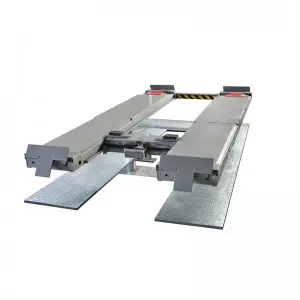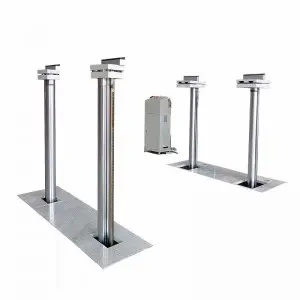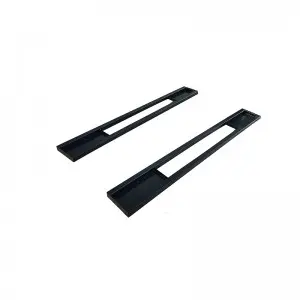
Tackling the Mysteries and Uses of the Cylinder: A Shape with Endless Possibilities
A cylinder is a three-dimensional geometric shape that is defined by its curved sides and two circular bases. It is a shape that we encounter in various aspects of our daily lives, often without giving it much thought. From household items to complex engineering designs, the cylinder serves a multitude of purposes. In this article, we will explore the mysteries and versatile uses of the cylinder.
One of the most common examples of a cylinder is a can of soda. As we enjoy our favorite beverages, we hold and drink from these cylindrical cans without realizing the design choices behind them. The popularity of the cylindrical shape for cans is due to its efficient use of space. Cylinders can be easily stacked, ensuring maximum storage capacity in warehouses and stores. Additionally, their circular bases provide stability, minimizing the risk of tipping or spilling.
But the utility of the cylinder extends far beyond storing our favorite drinks. In the field of architecture and construction, the cylinder plays a significant role in creating awe-inspiring structures. Skyscrapers are often built with cylindrical-shaped columns to enhance their strength and stability. The circular design of the cylindrical columns allows for even distribution of loads, making them capable of supporting immense weight. Architects and engineers rely on the cylinder’s structural integrity when designing tall buildings that can withstand the forces of nature.

Tackling the Mysteries and Uses of the Cylinder: A Shape with Endless Possibilities

Tackling the Mysteries and Uses of the Cylinder: A Shape with Endless Possibilities
The automotive industry is another sector where the cylinder takes center stage. Inside the engine of a car, cylinders play a vital role in converting fuel into mechanical energy. In a typical four-cylinder engine, a series of pistons move up and down within the cylindrical chambers, generating the power required to propel the vehicle forward. The use of cylinders in engines facilitates a controlled combustion process, resulting in efficient performance and reduced fuel consumption.
Moreover, the field of medicine harnesses the potential of cylinders in innovative ways. For example, oxygen cylinders provide a lifeline to patients suffering from respiratory ailments. These cylindrical containers are filled with compressed oxygen, enabling patients to breathe properly when their natural supply is insufficient. Similarly, prosthetic limbs are often built using cylindrical components, providing amputees with enhanced mobility and improved quality of life.
The cylinder’s geometric properties also make it an essential tool in mathematics and engineering. The volume of a cylinder, for instance, can be calculated using the formula V = πr^2h, where r represents the radius of the circular base and h represents the height. This formula finds applications in diverse fields, from calculating the quantity of paint required for a cylindrical tank to determining the capacity of a water pipe.
In conclusion, the cylinder is a shape that pervades many aspects of our lives, often unnoticed. Its versatility and structural integrity have made it a valuable design choice across various industries. From the simple soda can to the complex engine cylinders in vehicles, the cylinder has proven its worth in diverse applications. Its geometric properties and efficient use of space continue to make it an indispensable element of our daily existence. If we take a moment to appreciate the cylinder’s significance, we may find ourselves marveling at its endless possibilities.Cylinder
